
When it comes to electronics and computing, DIP switches play a crucial role in configuration and customization. But what are DIP switches, and how do they work?
DIP switches, short for Dual-In-Line Package switches, are a type of manual electric switch that can be set to multiple positions. Typically, they consist of a series of tiny levers or slides that can be independently set to the on or off position. Each lever represents a bit, and the combination of these bits allows for a wide range of configurations.

To understand how DIP switches work, it's helpful to think of them as a series of tiny light switches. Each lever can be flipped up or down, just like a light switch can be turned on or off. In the context of DIP switches, however, each lever represents a binary value—either 0 (off) or 1 (on).
Now, let's talk about how DIP switches are used. In the realm of electronics, DIP switches are often employed to set configurations for devices. For instance, they might be used to set a unique device address or to configure specific operating modes. In computing, DIP switches on network cards or other hardware components can be used to set IRQ levels, I/O port addresses, or other low-level settings.
The beauty of DIP switches lies in their simplicity and versatility. Unlike software configurations that can be altered by malicious software or accidental user error, DIP switches provide a physical, tamper-proof method of setting configurations. Moreover, they allow for quick and easy changes without the need for specialized software or complex menus.

From a technical perspective, DIP switches are typically connected to a circuit board, and each lever controls a specific electrical path. When a lever is set to the "on" position, it completes a circuit, allowing current to flow. Conversely, when the lever is set to "off", the circuit is broken, preventing current flow.
In terms of design, DIP switches are available in various sizes and configurations, ranging from small, surface-mount packages to larger, through-hole models. They are designed to withstand repeated use and provide a robust, reliable means of hardware configuration.

To illustrate with an example, consider a network router with DIP switches used to set its IP address. Each lever on the DIP switch corresponds to a specific bit in the IP address. By flipping the levers in a specific pattern, the administrator can set the router's IP address without having to access any software menus or configuration screens.
If you want to learn more about related content, please continue to follow our official website: www.socoje.com
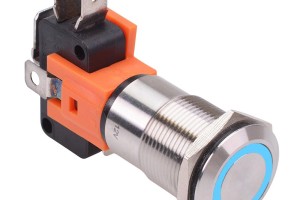
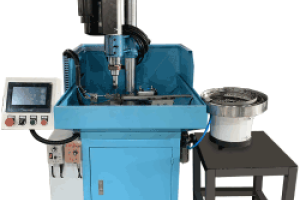
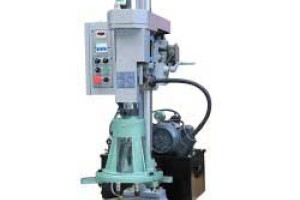
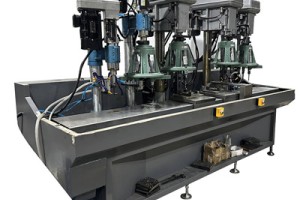

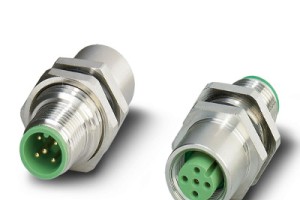

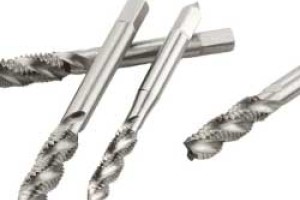
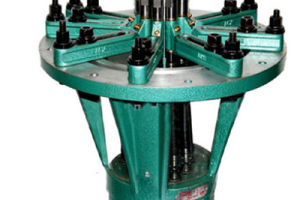
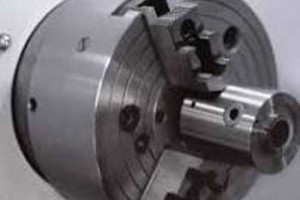
Leave a comment